Citibank 2013 Annual Report Download - page 102
Download and view the complete annual report
Please find page 102 of the 2013 Citibank annual report below. You can navigate through the pages in the report by either clicking on the pages listed below, or by using the keyword search tool below to find specific information within the annual report.-
 1
1 -
 2
2 -
 3
3 -
 4
4 -
 5
5 -
 6
6 -
 7
7 -
 8
8 -
 9
9 -
 10
10 -
 11
11 -
 12
12 -
 13
13 -
 14
14 -
 15
15 -
 16
16 -
 17
17 -
 18
18 -
 19
19 -
 20
20 -
 21
21 -
 22
22 -
 23
23 -
 24
24 -
 25
25 -
 26
26 -
 27
27 -
 28
28 -
 29
29 -
 30
30 -
 31
31 -
 32
32 -
 33
33 -
 34
34 -
 35
35 -
 36
36 -
 37
37 -
 38
38 -
 39
39 -
 40
40 -
 41
41 -
 42
42 -
 43
43 -
 44
44 -
 45
45 -
 46
46 -
 47
47 -
 48
48 -
 49
49 -
 50
50 -
 51
51 -
 52
52 -
 53
53 -
 54
54 -
 55
55 -
 56
56 -
 57
57 -
 58
58 -
 59
59 -
 60
60 -
 61
61 -
 62
62 -
 63
63 -
 64
64 -
 65
65 -
 66
66 -
 67
67 -
 68
68 -
 69
69 -
 70
70 -
 71
71 -
 72
72 -
 73
73 -
 74
74 -
 75
75 -
 76
76 -
 77
77 -
 78
78 -
 79
79 -
 80
80 -
 81
81 -
 82
82 -
 83
83 -
 84
84 -
 85
85 -
 86
86 -
 87
87 -
 88
88 -
 89
89 -
 90
90 -
 91
91 -
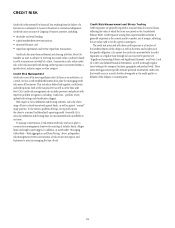 92
92 -
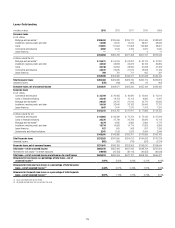 93
93 -
 94
94 -
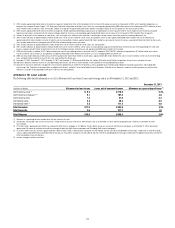 95
95 -
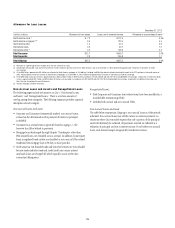 96
96 -
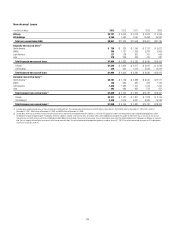 97
97 -
 98
98 -
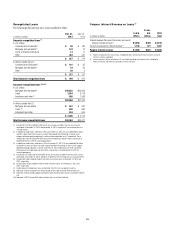 99
99 -
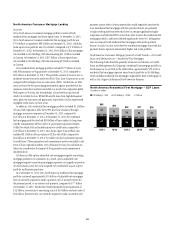 100
100 -
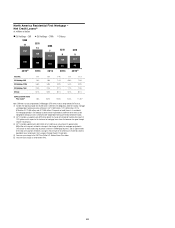 101
101 -
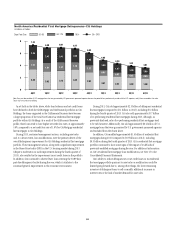 102
102 -
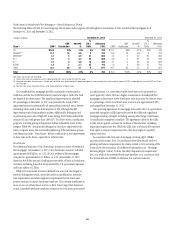 103
103 -
 104
104 -
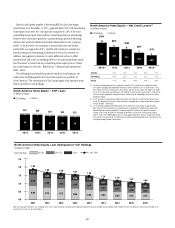 105
105 -
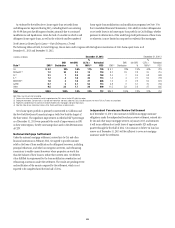 106
106 -
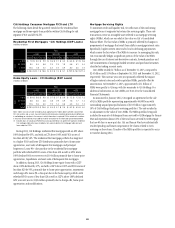 107
107 -
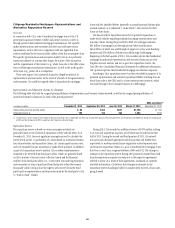 108
108 -
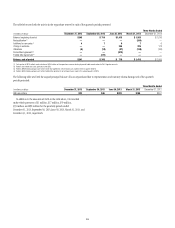 109
109 -
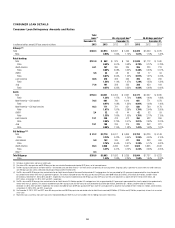 110
110 -
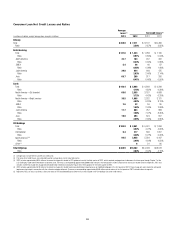 111
111 -
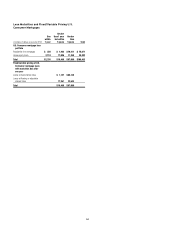 112
112 -
 113
113 -
 114
114 -
 115
115 -
 116
116 -
 117
117 -
 118
118 -
 119
119 -
 120
120 -
 121
121 -
 122
122 -
 123
123 -
 124
124 -
 125
125 -
 126
126 -
 127
127 -
 128
128 -
 129
129 -
 130
130 -
 131
131 -
 132
132 -
 133
133 -
 134
134 -
 135
135 -
 136
136 -
 137
137 -
 138
138 -
 139
139 -
 140
140 -
 141
141 -
 142
142 -
 143
143 -
 144
144 -
 145
145 -
 146
146 -
 147
147 -
 148
148 -
 149
149 -
 150
150 -
 151
151 -
 152
152 -
 153
153 -
 154
154 -
 155
155 -
 156
156 -
 157
157 -
 158
158 -
 159
159 -
 160
160 -
 161
161 -
 162
162 -
 163
163 -
 164
164 -
 165
165 -
 166
166 -
 167
167 -
 168
168 -
 169
169 -
 170
170 -
 171
171 -
 172
172 -
 173
173 -
 174
174 -
 175
175 -
 176
176 -
 177
177 -
 178
178 -
 179
179 -
 180
180 -
 181
181 -
 182
182 -
 183
183 -
 184
184 -
 185
185 -
 186
186 -
 187
187 -
 188
188 -
 189
189 -
 190
190 -
 191
191 -
 192
192 -
 193
193 -
 194
194 -
 195
195 -
 196
196 -
 197
197 -
 198
198 -
 199
199 -
 200
200 -
 201
201 -
 202
202 -
 203
203 -
 204
204 -
 205
205 -
 206
206 -
 207
207 -
 208
208 -
 209
209 -
 210
210 -
 211
211 -
 212
212 -
 213
213 -
 214
214 -
 215
215 -
 216
216 -
 217
217 -
 218
218 -
 219
219 -
 220
220 -
 221
221 -
 222
222 -
 223
223 -
 224
224 -
 225
225 -
 226
226 -
 227
227 -
 228
228 -
 229
229 -
 230
230 -
 231
231 -
 232
232 -
 233
233 -
 234
234 -
 235
235 -
 236
236 -
 237
237 -
 238
238 -
 239
239 -
 240
240 -
 241
241 -
 242
242 -
 243
243 -
 244
244 -
 245
245 -
 246
246 -
 247
247 -
 248
248 -
 249
249 -
 250
250 -
 251
251 -
 252
252 -
 253
253 -
 254
254 -
 255
255 -
 256
256 -
 257
257 -
 258
258 -
 259
259 -
 260
260 -
 261
261 -
 262
262 -
 263
263 -
 264
264 -
 265
265 -
 266
266 -
 267
267 -
 268
268 -
 269
269 -
 270
270 -
 271
271 -
 272
272 -
 273
273 -
 274
274 -
 275
275 -
 276
276 -
 277
277 -
 278
278 -
 279
279 -
 280
280 -
 281
281 -
 282
282 -
 283
283 -
 284
284 -
 285
285 -
 286
286 -
 287
287 -
 288
288 -
 289
289 -
 290
290 -
 291
291 -
 292
292 -
 293
293 -
 294
294 -
 295
295 -
 296
296 -
 297
297 -
 298
298 -
 299
299 -
 300
300 -
 301
301 -
 302
302 -
 303
303 -
 304
304 -
 305
305 -
 306
306 -
 307
307 -
 308
308 -
 309
309 -
 310
310 -
 311
311 -
 312
312 -
 313
313 -
 314
314 -
 315
315 -
 316
316 -
 317
317 -
 318
318 -
 319
319 -
 320
320 -
 321
321 -
 322
322 -
 323
323 -
 324
324 -
 325
325 -
 326
326 -
 327
327 -
 328
328 -
 329
329 -
 330
330 -
 331
331 -
 332
332 -
 333
333 -
 334
334 -
 335
335 -
 336
336 -
 337
337 -
 338
338 -
 339
339 -
 340
340 -
 341
341 -
 342
342
 |
 |
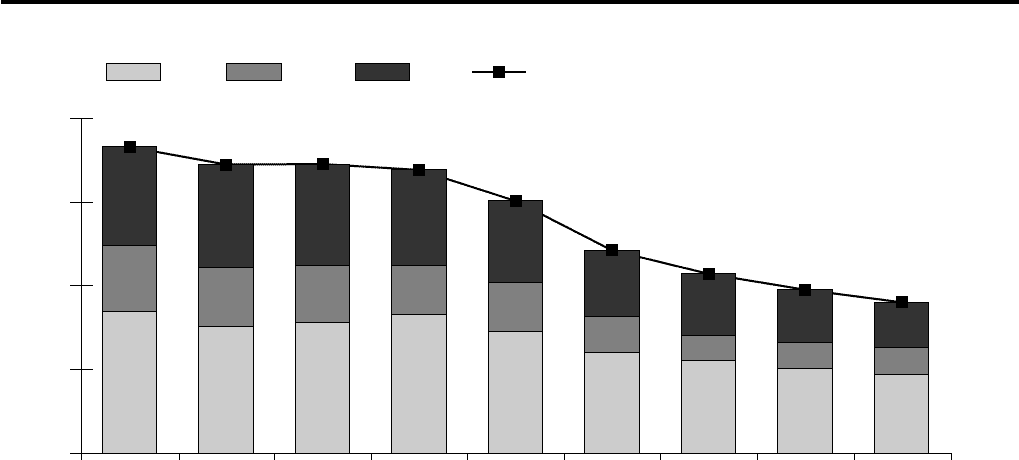
84
North America Residential First Mortgage Delinquencies—Citi Holdings
In billions of dollars
Days Past Due:
0
2
4
6
8
30+ DPD
180+
90-179
30-89
4Q133Q132Q131Q134Q123Q122Q121Q124Q11
3.39 3.02 3.13 3.33 2.91 2.41 2.21 2.02 1.88
1.57 1.41 1.37 1.16 1.17
0.85 0.61 0.63 0.64
2.36
2.47 2.41 2.28
1.95
1.59
1.47
1.09
1.26
7.32
6.90 6.91 6.77
6.03
4.85
4.29 3.91 3.61
Note: Days past due excludes (i) U.S. mortgage loans that are guaranteed by U.S. government-sponsored agencies because the potential loss predominantly resides with the U.S. agencies, and (ii) loans recorded at fair value.
Totals may not sum due to rounding.
As set forth in the tables above, while loan balances and net credit losses
have declined in both the CitiMortgage and CitiFinancial portfolios in Citi
Holdings, the loans originated in the CitiFinancial business have become
a larger proportion of the total North America residential first mortgage
portfolio within Citi Holdings. As a result of the CitiFinancial borrower
profile, these loans tend to have higher net credit loss rates, at approximately
5.0%, compared to a net credit loss rate of 1.0% for CitiMortgage residential
first mortgages in Citi Holdings.
During 2013, continued management actions, including asset sales
and, to a lesser extent, loan modifications, were the primary drivers of the
overall delinquency improvement for Citi Holdings residential first mortgage
portfolio. These management actions, along with a significant improvement
in the Home Price Index (HPI) in the U.S. housing market during 2013
(despite a moderation in such improvement during the fourth quarter of
2013), also resulted in the improvement in net credit losses in the portfolio.
In addition, Citi continued to observe fewer loans entering the 30-89 days
past due delinquency bucket during the year, which it attributes to the
continued general improvement in the economic environment.
During 2013, Citi sold approximately $2.3 billion of delinquent residential
first mortgages (compared to $2.1 billion in 2012), including $0.2 billion
during the fourth quarter of 2013. Citi also sold approximately $3.7 billion
of re-performing residential first mortgages during 2013, although, as
previously disclosed, sales of re-performing residential first mortgages tend
to be yield sensitive. Additionally, Citi sold approximately $0.2 billion of U.S.
mortgage loans that were guaranteed by U.S. government sponsored agencies
and excluded from the charts above.
In addition, Citi modified approximately $1.4 billion of residential first
mortgages during 2013 (compared to $0.9 billion in 2012), including
$0.3 billion during the fourth quarter of 2013. Citi’s residential first mortgage
portfolio continued to show some signs of the impact of re-defaults of
previously modified mortgages during the year. For additional information
on Citi’s residential first mortgage loan modifications, see Note 15 to the
Consolidated Financial Statements.
Citi’s ability to reduce delinquencies or net credit losses in its residential
first mortgage portfolio pursuant to asset sales or modifications could be
limited going forward due to, among other things, the lower remaining
inventory of delinquent loans to sell or modify, additional increases in
interest rates or the lack of market demand for asset sales.
